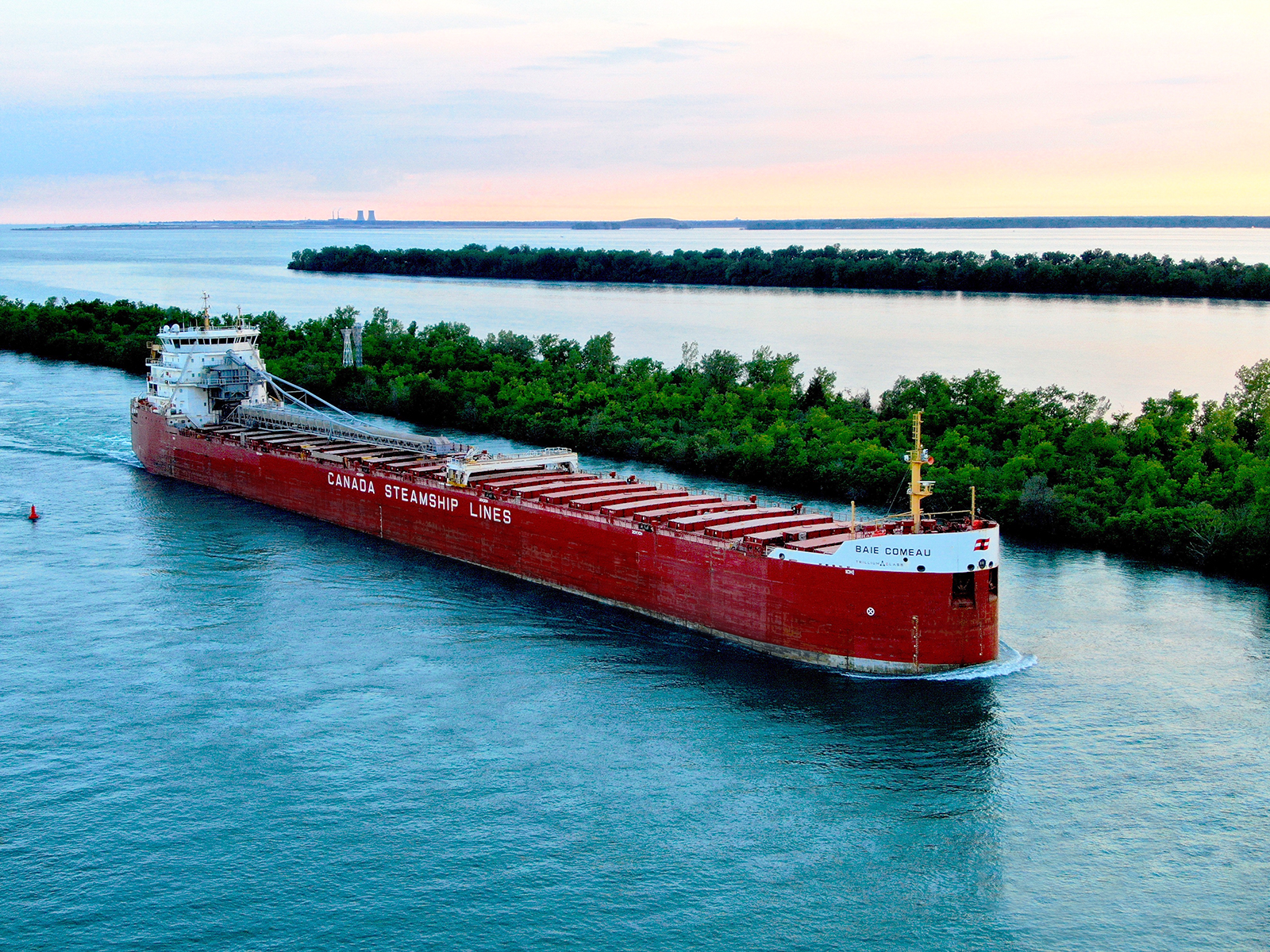China’s largest shipping carrier, Cosco, and its subsidiary OOCL, have already begun paying significant fees just one week after the implementation of port charges imposed by the U.S. on vessels of Chinese ownership or construction. The shipping companies have incurred a disbursement of USD 42.8 million between October 14 and 20, according to data from S&P Global’s Sea-Web and reported by Sourcing Journal.
Over a full year, that would amount to just under USD 2.2 billion, approaching projections that estimated approximately USD 2.1 billion in total fees during the first year of implementation.
Sea-Web data indicates that eight container vessels operated by Cosco and seven by OOCL made calls at U.S. ports during that week. Those 15 vessels carried a combined total of 855,718 net tons.
The punitive measures from the U.S. Trade Representative’s (USTR) office came into effect on October 14 and require vessel operators to pay surcharges of USD 50 per net ton for each voyage that calls at U.S. seaports. This charge will increase next April by USD 30 per net ton, and will rise each year until 2028, when it will reach USD 140 per net ton.
Vessels built in China but operated by other carriers are subject to a fee of USD 18 per net ton, with annual increases of USD 5 over the same period.
The fees vary depending on the size and load of each vessel. The Cosco Shipping Jasmine, which carried 13,800 twenty-foot equivalent units (TEUs) from China to the Port of Savannah, had to pay a fee of USD 4.25 million based on its net tonnage. The Cosco Felixstowe, with 4,253 TEUs, paid USD 1.2 million due to its smaller size.
Nine of the Cosco and OOCL vessels were built in South Korea, four in China, and one in Japan.
Cosco and OOCL were always anticipated to be the most affected due to their size and Chinese state ownership. Competitor carriers like Mediterranean Shipping Company (MSC), Maersk, Hapag-Lloyd, and CMA CGM showed some initial concern, but have replaced most of their China-built vessels on U.S. routes and stated they will not pass the fees on to their American customers.
Despite the penalties, Cosco Shipping committed to maintaining a “stable and reliable” service to meet U.S. market demand. Both revenue and margins are expected to be affected by the new costs, especially margins.
According to a report from HSBC Global Investment Research, Cosco’s EBIT margins are projected to suffer a 74% drop, while OOCL’s would be reduced by 65%.
China United Lines was another Chinese carrier that faced the fees in the first week, according to Sea-Web, when the 4,395 TEU SM Tianjin vessel, flagged in Korea, called at the Port of Seattle on October 16. Based on its net tonnage, the vessel likely incurred a fee of USD 1.3 million for that call.
Four other vessels built in China and operated by the Israeli carrier ZIM called at U.S. ports after October 14, with capacities between 4,230 and 7,000 TEUs. Based on the total net tonnage, the carrier likely incurred fees between USD 450,000 and USD 700,000, according to Sea-Web.
A shipping company based in the U.S.
indicated recently that port tariffs are affecting its business. Atlantic Container Line (ACL) paid a fee of USD 1.4 million on October 14 due to the unique construction of its container ships, and now projects an annual bill of USD 34 million.
ACL’s ships transport 80% containers, 10% /roll-off cargo (such as tractors, construction machinery, and automobiles), and 10% oversized cargo like airplane wings and data center equipment.
The company’s ships operate on the transatlantic route, with five ships serving the trade corridor with the U.S. weekly.
U.S. ports face their own problems and concerns about the broader effects of the trade confrontation between the U.S. and China.
A report by World Cargo News indicated that several U.S. ports have already begun paying tariffs on cranes operated by China ahead of an expected 100% increase in duties, scheduled for November 9.
Ports America in Gulfport, Mississippi, and Port Freeport in Texas are currently paying 30% tariffs on new cranes from Shanghai Zhenhua Heavy Industries (ZPMC) that arrived in September. Both port operators said they assessed their options before receiving the cranes, but ultimately decided to pay the tariff and accept the equipment.
U.S. ports have spoken out against the looming triple-digit tariffs, urging the Trump administration to reconsider its decision. The protectionist measure, which targets China for violations of Section 301 of U.S. trade laws, is designed to bolster national security in U.S. ports and incentivize the domestic manufacturing of cranes.





